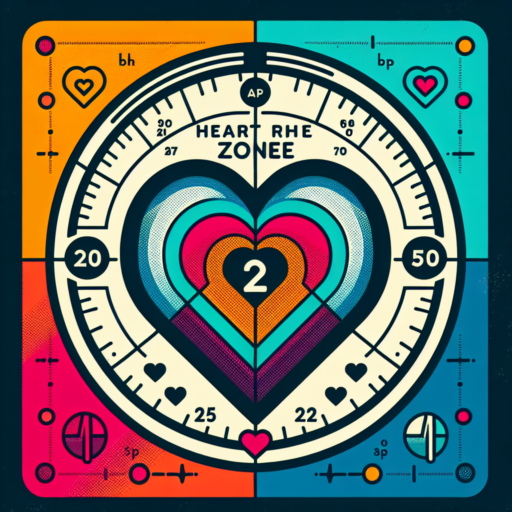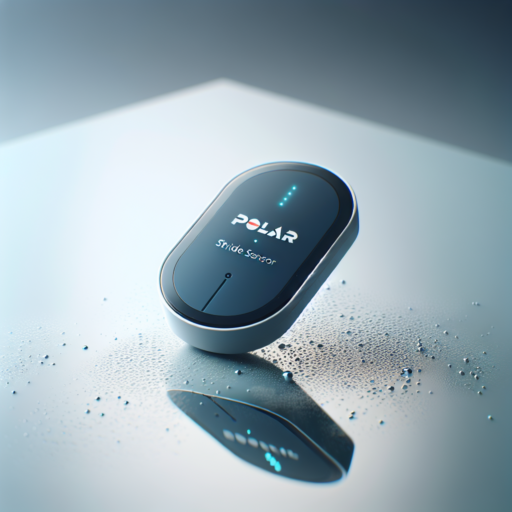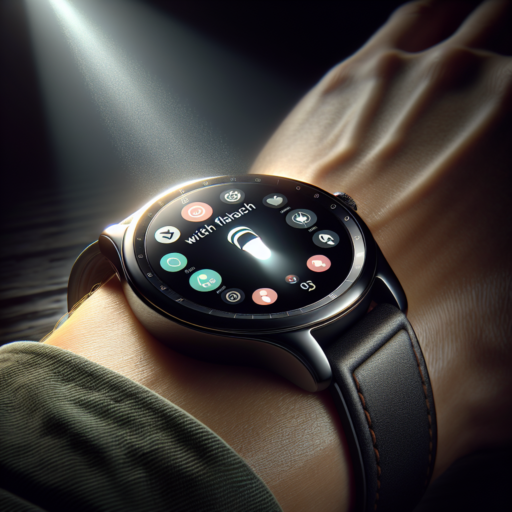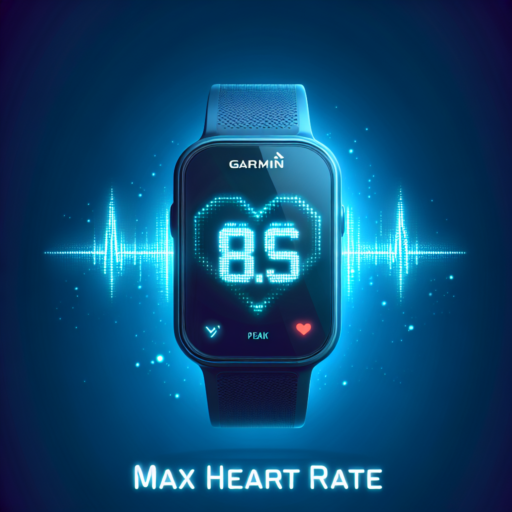How do I calculate my zone 2 heart rate?
Calculating your zone 2 heart rate is crucial for optimizing endurance training and ensuring you’re exercising within a heart rate range that enhances aerobic capacity without overexerting. Zone 2 heart rate is typically defined as 60-70% of your maximum heart rate (MHR). An accurate way to find your MHR is by subtracting your age from 220. Once you have your MHR, calculating your zone 2 heart rate becomes a matter of simple mathematics.
To determine your zone 2 heart rate, firstly, calculate your MHR using the formula 220 – age = MHR. For instance, if you are 30 years old, your MHR would be 190 beats per minute (BPM). Next, multiply your MHR by 0.60 and then by 0.70 to find the lower and upper limits of your zone 2. Using the earlier example, 190 BPM * 0.60 = 114 BPM and 190 BPM * 0.70 = 133 BPM. Therefore, the zone 2 heart rate for a 30-year-old individual would range from 114 to 133 BPM.
Staying within this heart rate range during your workouts ensures you’re focusing on building your aerobic endurance. Regularly training in your zone 2 heart rate can improve your cardiovascular system’s efficiency, allowing you to exercise for longer periods and recover more quickly. Remember, it’s essential to use a reliable heart rate monitor to track your heart rate accurately during workouts.
What is Zone 2 of my heart rate?
Understanding Zone 2 of your heart rate is crucial for athletes and fitness enthusiasts aiming to enhance their cardiovascular health and endurance. This specific zone refers to exercising at a moderate intensity, where you are working at 60-70% of your maximum heart rate. At this level, you’re primarily burning fats, improving your metabolic efficiency, and building endurance without overstressing your body.
Identifying your heart rate’s Zone 2 is fundamental in creating a balanced training regimen. It is especially beneficial for long-duration activities, such as marathon training, long-distance cycling, or extensive swimming sessions. Exercising in this zone helps in the development of an efficient aerobic base, a cornerstone for any prolonged physical activity. It allows individuals to sustain a steady pace for more extended periods, enhancing overall performance.
To accurately determine your Zone 2 heart rate, initially, you need to know your maximum heart rate (MHR). This can be approximately calculated using the formula 220 minus your age. From there, applying the 60-70% range will provide you with your target Zone 2 thresholds. Incorporating exercises that maintain your heart rate within these parameters is essential for capitalizing on the benefits of Zone 2 training.
No se han encontrado productos.
Is 220 minus your age accurate?
The formula 220 minus your age has been a widely known calculation used to estimate a person’s maximum heart rate. While it offers a quick way to get a general idea, the accuracy of this method has been debated among health professionals and fitness experts. The simplicity of the formula is its biggest appeal, but it’s essential to understand its limitations and the context in which it can be applied effectively.
Factors Affecting Heart Rate Accuracy
Several factors can influence the accuracy of the 220 minus your age formula. Individual differences in fitness level, genetics, and overall health play a significant role in determining one’s actual maximum heart rate. Therefore, for some people, this calculation might give a number that’s too high or too low, leading to training that is not optimally tailored to their capabilities and goals. It’s also worth noting that as research evolves, alternative formulas and methods are being explored to provide more personalized and accurate results.
In conclusion, while the 220 minus your age formula offers a convenient starting point, it’s important for individuals to consider their unique circumstances. Consulting with a healthcare or fitness professional can provide more individualized guidance, ensuring that training and health targets are appropriately set and met. Remember, when it comes to your health, a personalized approach is often the best path forward.
Is zone 2 60-70 or 70-80?
Understanding the correct heart rate for zone 2 training is crucial for optimizing your cardiovascular workouts. This zone is often defined by the percentage of your maximum heart rate (MHR), essentially targeting improved endurance and fat burning without overexerting. The debate between whether zone 2 is 60-70% or 70-80% of MHR is rooted in variation in fitness levels, goals, and methodologies used for calculation.
Determining Your MHR
Before diving into what constitutes zone 2, it’s vital to understand how to calculate your MHR. A common formula is subtracting your age from 220. However, this method can vary based on individual health and fitness levels, which in turn affects where your zone 2 lies. This variance leads to the first point of confusion in the 60-70% versus 70-80% debate.
Benefits of Training in Zone 2
Training in zone 2, irrespective of the specific percentage range, offers numerous benefits. This intensity level is gentle on the body, promoting fat oxidation and endurance development while minimizing the risk of injury and overtraining. Whether your zone 2 is 60-70% or 70-80% of your MHR, training in this range stimulates aerobic capacity improvements.
The argument on the precise percentage of zone 2 heart rate training underscores the importance of personalized fitness plans. Whether 60-70% or 70-80% effectively places you in zone 2 can depend on several factors, including your current fitness level, training goals, and how your body responds to exercise. Consulting with a fitness professional to determine the most accurate zone for you is advisable.




